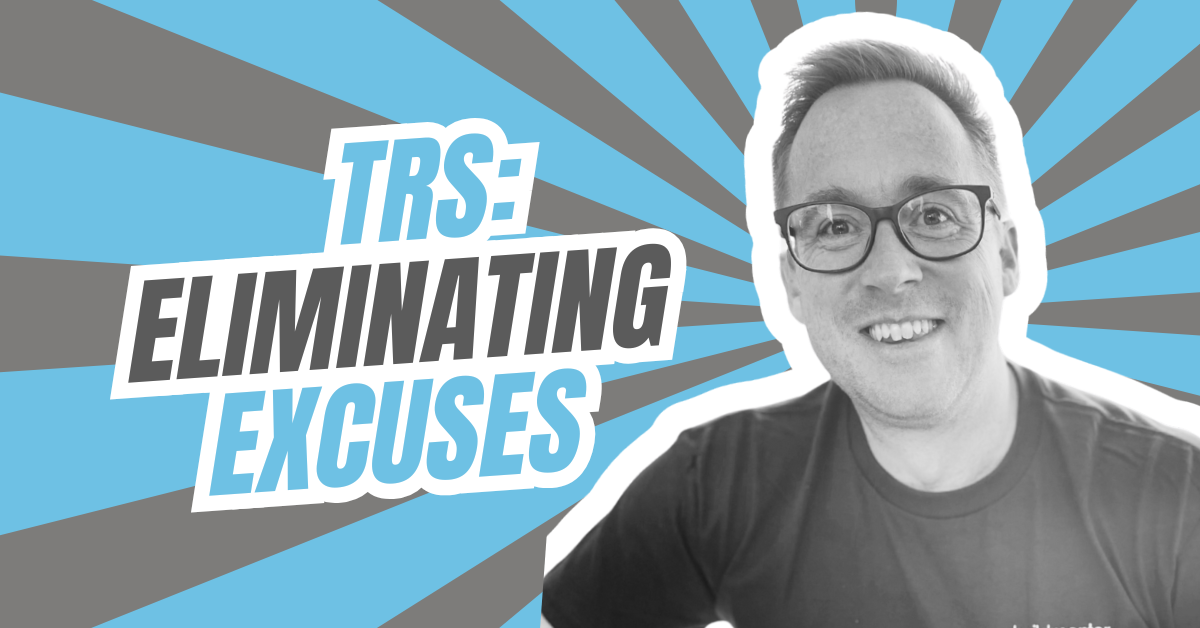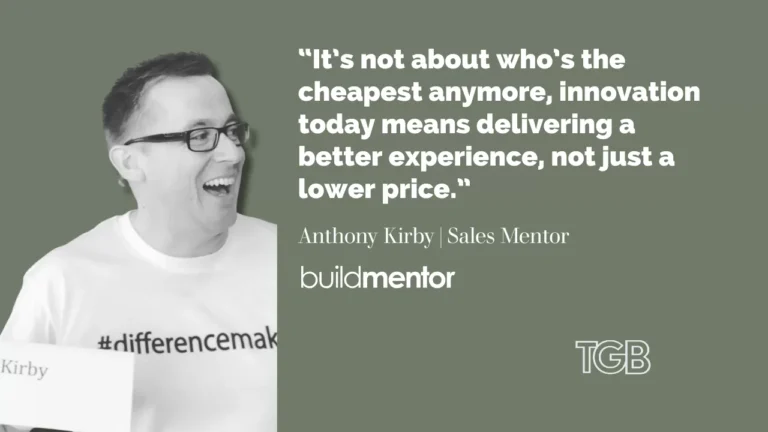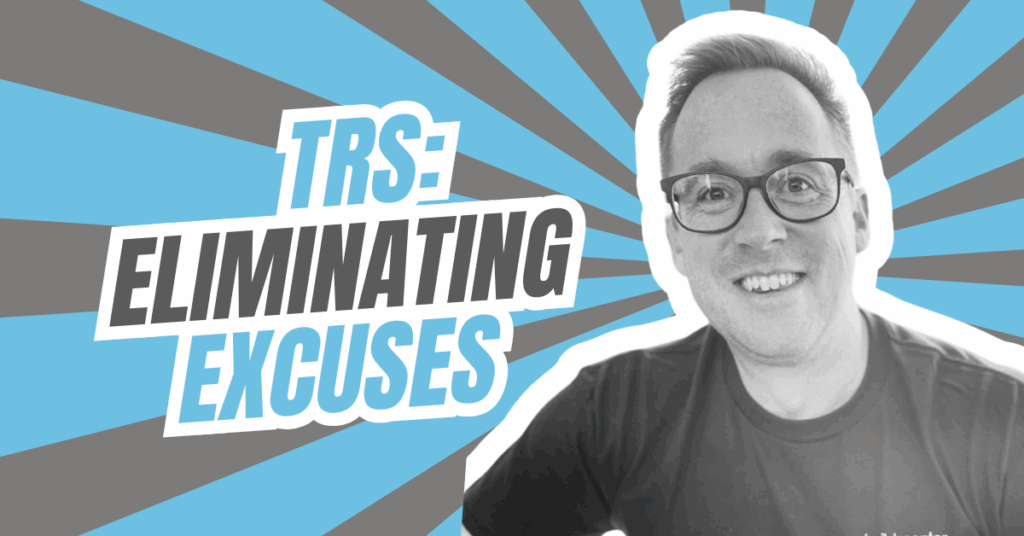The TRS Test: How Builders Can Eliminate Excuses and Build Accountable Teams
- June 15, 2025
- 16 Minutes
Article originally published by our friends at The Good Builder.
The home building industry doesn’t lack effort…it often lacks clarity. If you’re a builder frustrated with inconsistent results from your sales or operational team, this one’s for you. Anthony Kirby, known to The Good Builder crew as “AK”, dropped a gem during our latest episode of The Good Builder Podcast, and it’s a bit of […]
If you’re a builder frustrated with inconsistent results from your sales or operational team, this one’s for you. Anthony Kirby, known to The Good Builder crew as “AK”, dropped a gem during our latest episode of The Good Builder Podcast, and it’s a bit of a game changer:
“TRS. Time. Resources. Skills. If someone has all three, and they’re still not getting the job done — it’s no longer a training issue. It’s performance.”
What is TRS?
TRS stands for:
- Time – Did they have the time to complete the task?
- Resources – Did they have the tools (CRM, phone, data, process)?
- Skills – Were they properly trained and capable?
If all three are present and the task still isn’t done, it’s not a systems issue — it’s a personal accountability problem.
This framework takes emotion out of management. Instead of awkward or accusatory “why haven’t you…” conversations, TRS allows you to objectively identify what’s missing.
Why TRS Works in Construction
Too often, builders and team leads rely on “gut feel” or emotion when managing people. But construction, especially residential, doesn’t have time for feelings-based management. TRS gives you a repeatable and fair way to hold the team accountable without being a micromanager.
“The right conversation isn’t ‘Why aren’t you doing your job?’ It’s: ‘Do you have the time? The resources? The skills?’ If the answer is yes to all three, we need to talk about performance.”
A Framework for Builders at Every Level
Whether you’re managing a small custom home team or a larger volume-based operation, TRS scales. You can:
- Use it during your weekly pipeline reviews
- Apply it to subbies and consultants
- Train your sales managers to use it with their teams
It even works on yourself. Anthony said:
“TRS made me look at my own accountability. If I’ve got the time, the resources, and the skills — why haven’t I done the thing I said I’d do?”
Want to Build a Stronger Sales or Ops Team?
Start your next team meeting with the TRS question:
- Do we have the time?
- Do we have the resources?
- Do we have the skills?
If the answer is “yes” to all three, it’s time to raise the bar.







